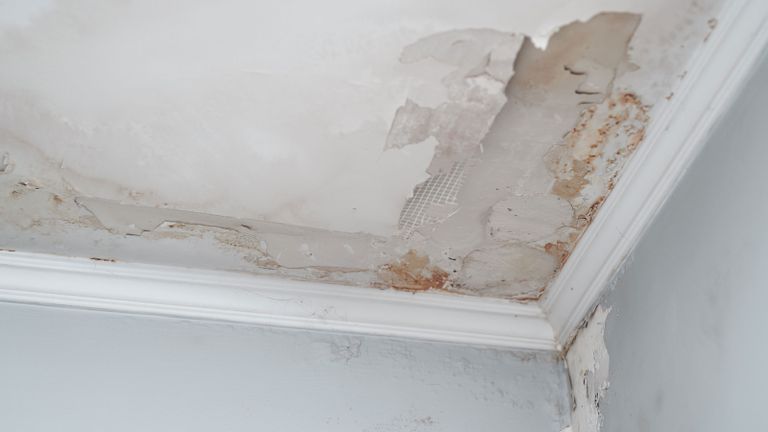How do you really feel when it comes to Preventing Fires and Water Damage In Your Home?

Water gives life, yet water intrusion on some parts where it's not supposed to be can result in damage as well as trouble. In addition, residences with water damage odor musty and also old.
Water can originate from lots of sources like hurricanes, floodings, ruptured pipes, leakages, and also drain concerns. It's much better to have a functioning expertise of safety precautions if you have water damage. Here are a couple of standards on how to deal with water damage.
Do Prioritize Home Insurance Coverage
Seasonal water damage can come from floodings, seasonal rainfalls, as well as wind. There is likewise an incident of a sudden flooding, whether it came from a faulty pipeline that all of a sudden ruptures right into your residence. To protect your home, copyright insurance coverage that covers both acts of God such as natural tragedies, as well as emergency situations like broken plumbing.
Do Not Fail To Remember to Turn Off Utilities
When disaster strikes and you're in a flood-prone location, switch off the major electric circuit. Turning off the power prevents
When water comes in as water serves as a conductor, electric shocks. Do not forget to shut off the primary water line valve as a way to prevent more damages.
Keep your furnishings stable as they can relocate around and create added damages if the floodwaters are getting high.
Do Remain Proactive and Heed Climate Signals
Tornado floodings can be really unpredictable. Remain proactive and also prepared at all times if you live in an area tormented by floods. If you live near a body of water like a river, creek, or lake , listen to the information as well as evacuation cautions. Obtain your belongings and vital records from the ground floor and also basement, after that put them in a safe place and also the highest feasible degree.
Don't Neglect the Roof
Your roofer needs to take treatment of the damaged seamless gutters or any various other indications of damages or weakening. An assessment will stop water from flowing down your wall surfaces and saturating your ceiling.
Do Focus On Tiny Leaks
There are red flags that can attract your interest as well as show to you some damaged pipes in your house. Signs of red flags in your pipes consist of bubbling paint, peeling off wallpaper, water touches, water spots, or trickling sounds behind the wall surfaces. Repair as well as evaluate your plumbing repaired prior to it results in massive damage to your home, funds, and a personal problem.
Don't Panic in Case of a Ruptured Pipe
Timing is key when it comes to water damages. If a pipe bursts in your house, promptly shut off your major water valve to reduce off the source and also prevent more damages. Call a trustworthy water damage restoration specialist for assistance.
Water gives life, but water intrusion on some components where it's not supposed to be can result in damages and hassle. In enhancement, residences with water damages smell old as well as stuffy.
Seasonal water damage can come from floods, seasonal rainfalls, and wind. Indicators of red flags in your pipes consist of gurgling paint, peeling wallpaper, water streaks, water spots, or trickling sounds behind the walls. If a pipe ruptureds in your house, promptly closed off your major water shutoff to reduce off the resource as well as avoid even more damage.
Some Do's & Don't When Dealing with a Water Damage
DO:
Make sure the water source has been eliminated. Contact a plumber if needed. Turn off circuit breakers supplying electricity to wet areas and unplug any electronics that are on wet carpet or surfaces Remove small furniture items Remove as much excess water as possible by mopping or blotting; Use WHITE towels to blot wet carpeting Wipe water from wooden furniture after removing anything on it Remove and prop up wet upholstery cushions for even drying (check for any bleeding) Pin up curtains or furniture skirts if needed Place aluminum foil, saucers or wood blocks between furniture legs and wet carpet Turn on air conditioning for maximum drying in winter and open windows in the summer Open any drawers and cabinets affected for complete drying but do not force them open Remove any valuable art objects or paintings to a safe, dry place Open any suitcases or luggage that may have been affected to dry, preferably in sunlight Hang any fur or leather goods to dry at room temperature Punch small holes in sagging ceilings to relieve trapped water (don't forget to place pans beneath!); however, if the ceiling is sagging extremely low, stay out of the room and we'll take care of it DO NOT:
Leave wet fabrics in place; dry them as soon as possible Leave books, magazines or any other colored items on wet carpets or floor Use your household vacuum to remove water Use TV's or other electronics/appliances while standing on wet carpets or floors; especially not on wet concrete floors Turn on ceiling fixtures if the ceiling is wet Turn your heat up, unless instructed otherwise

As an enthusiastic reader on Fire And Water Damage Prevention, I figured sharing that excerpt was really helpful. Liked our write-up? Please share it. Help other people check it out. We recognize the value of reading our article about Reducing Your Risk Of Water And Fire Damage At Home.